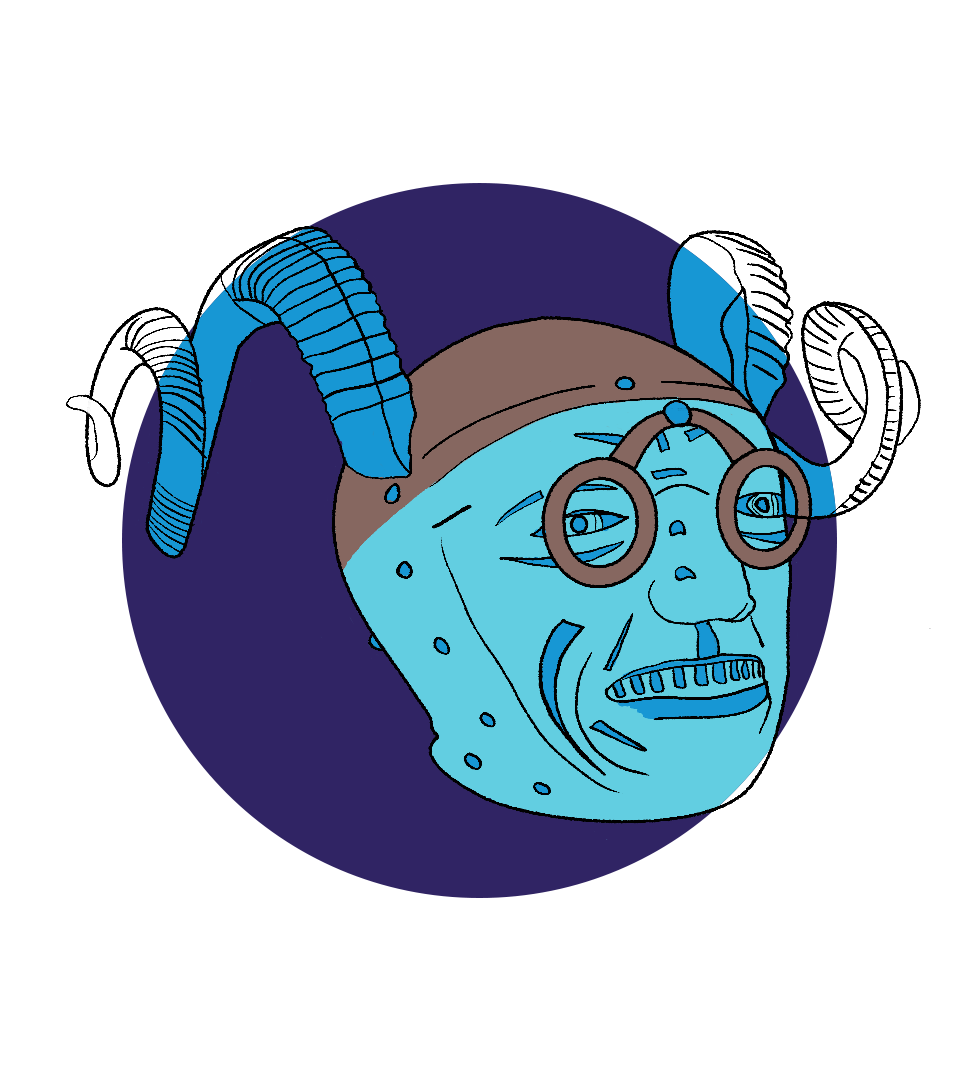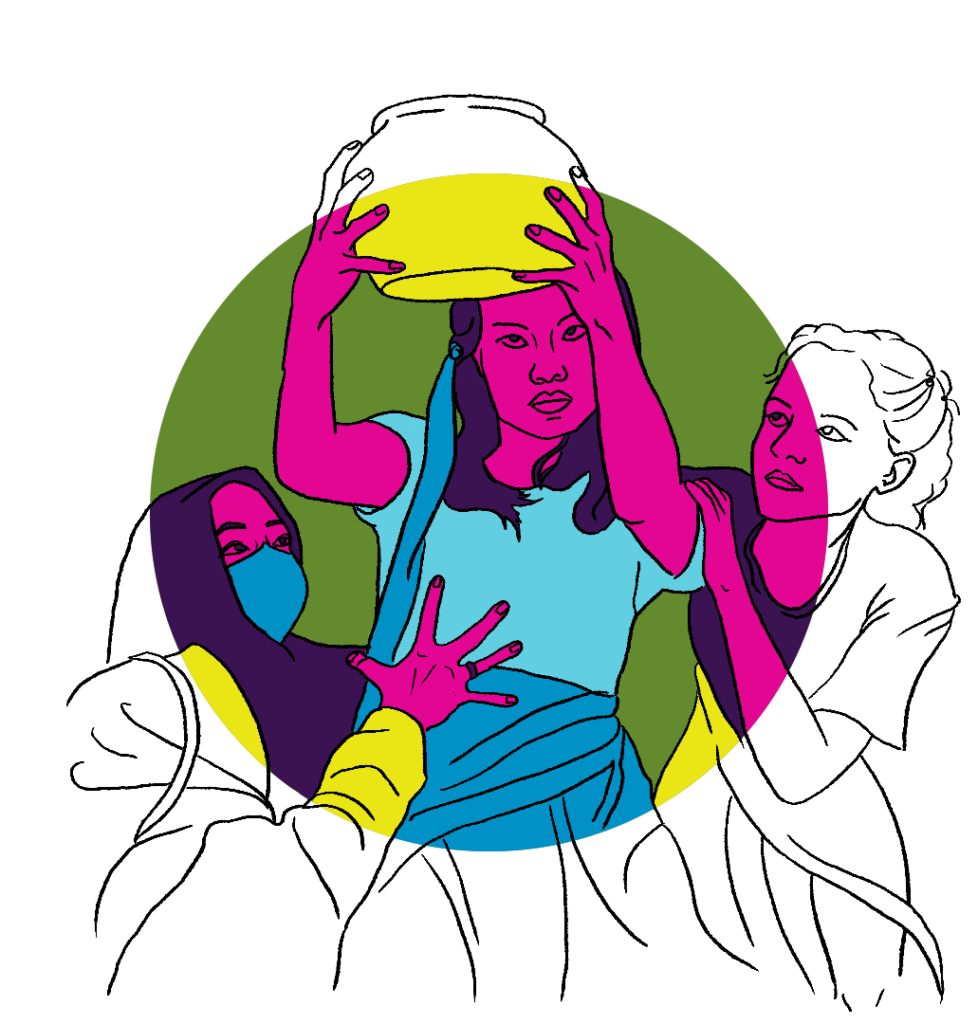Co-design is an under-appreciated research method that democratises the creative and design process, providing a powerful way for creative practitioners to realign cultural sites with the needs and values of contemporary audiences.
Heritage defines us. It helps us to understand who we are as people. It guides us as a country. As our world changes, it equips us to plan for a better future. The links between identity, heritage and creativity are clear. Our heritage is formed by our cultural traditions, and creativity helps us to express its special meaning.
Our historical sites also have the power to bolster the perceived quality and beauty of a place. They are interwoven with our natural environment through parks and green spaces. They increase property values, and more effort is made to conserve and protect the surrounding environments.
Heritage sites provide a harmonious link between the impact and creative economies. Sites such as castles, mills and ancient runes generate clear social and environmental impact, alongside a measurable financial return. Creative businesses boost such financial return through collaboration, rental space and art engagements. The value of heritage is evident: in 2019, Historic England contributed £31 billion to the English economy.
However, our heritage is challenged as it struggles to attract contemporary audiences. Many sites underuse resources, harbour apologetic colonial connections or mask these relationships. In order to fuel interest among wider audiences, organisations can employ co-design, recruiting the skills and knowledge of the public throughout the planning and creative process to capture diverse and inclusive perspectives. By engaging all voices (including those previously neglected), we can truly acknowledge the needs of the public.
Sites such as castles, mills and ancient runes generate clear social and environmental impact, alongside a measurable financial return
Sunny Bank Mills in West Yorkshire is a stunning Georgian textile mill, and a melting pot of creativity, housing restaurants, galleries and makers’ workshops. It is an environment in which businesses, visitors and employees alike can take inspiration.
However, engaging the public with its historic archive has been a challenge. Sunny Bank Mills is a large and sprawling space, so visitors weren’t always aware of its history or the full range of facilities on offer. The archive is situated behind other buildings and there was no incentive for visitors to walk to the space. As a result, it felt private and reserved to special visits.
Buttercrumble partnered with Sunny Bank Mills to increase footfall and visitor engagement at the archive through co-design. We visited a local primary school – a core target audience – to adapt our prototype and generate mind maps about the Mills. The children’s feedback provided useful context and articulated their visitor motivation.
As a result, we were able to enhance the visitor experience through a map, activity sheet and new way-finding system, which enabled Sunny Bank Mills to engage more visitors over its Heritage Open Day Weekend in 2019.
At the Royal Armouries, the national museum of arms and armour, we engaged internal teams through co-design. Our goal was to increase gift-shop turnover in a resourceful way. After all, we understand that public organisations like the Royal Armouries have limited resources. Our solution was a customer experience guide that could be easily adopted by non-designers. By immersing the retail team in the design process, we could collaborate to produce a successful and sustainable advertising strategy.
Co-design is a tool that all museums and cultural places can adopt to achieve results. An understanding of your audience and their challenges is hugely beneficial to funding applications, helping to communicate clear benefits to stakeholders. At the same time, co-design gives the community a sense of usefulness and ownership, so that both the participants and the organisation benefit.
However, many organisations don’t realise that co-design is an option due to a lack of awareness around creative research and processes. This is a missed opportunity. Following our success with Sunny Bank Mills and The Royal Armouries, we are planning to integrate the method into our design process fully, supported by education to spread awareness. By creating a structured co-design model, we believe we can enable the concept to be replicated by other practitioners, so that more design solutions will be informed by communities.
For organisations interested in co-design, there is a key consideration: good outreach relationships are essential. It’s clear that the best results come from communication, creativity and planning. This can require a significant time and cost investment from organisations that rely on public funding. We are keen to overcome this hurdle by nurturing local connections and expressing the value of creative practitioners: we are not untouchable artists, commissioned to create pictures; we are partners and an extension of the team.
Creative experts can help heritage sites by providing a holistic approach to problem solving. We hope that co-design can become a widely adopted tool in supporting cultural and heritage organisations, and that organisations will see the value of enlisting creative practitioners who understand the personal power of heritage and take an empathetic approach to research.








